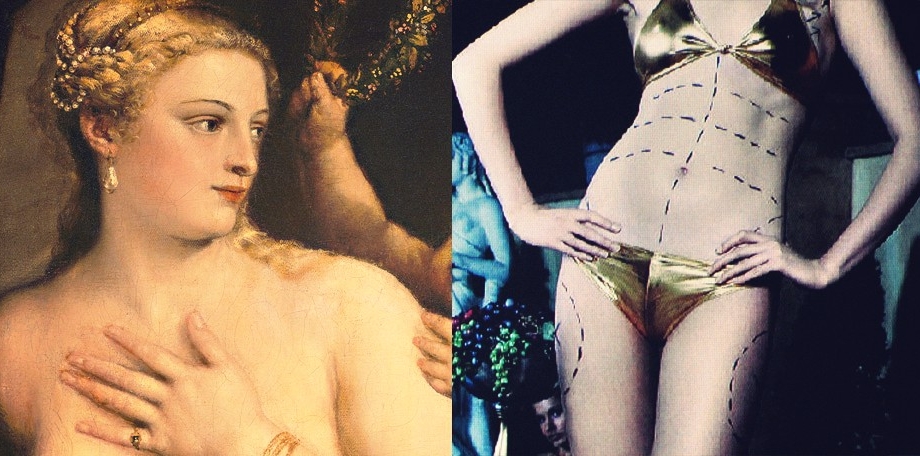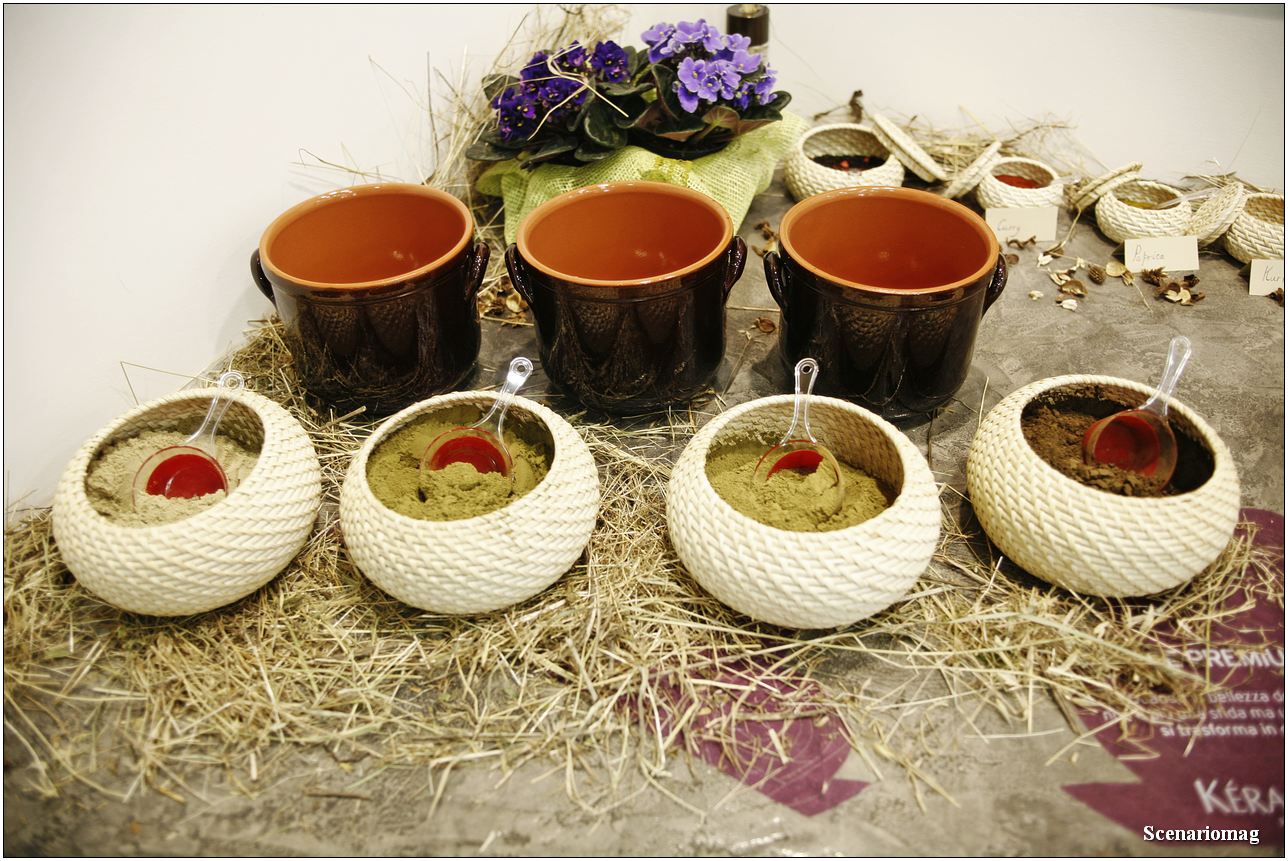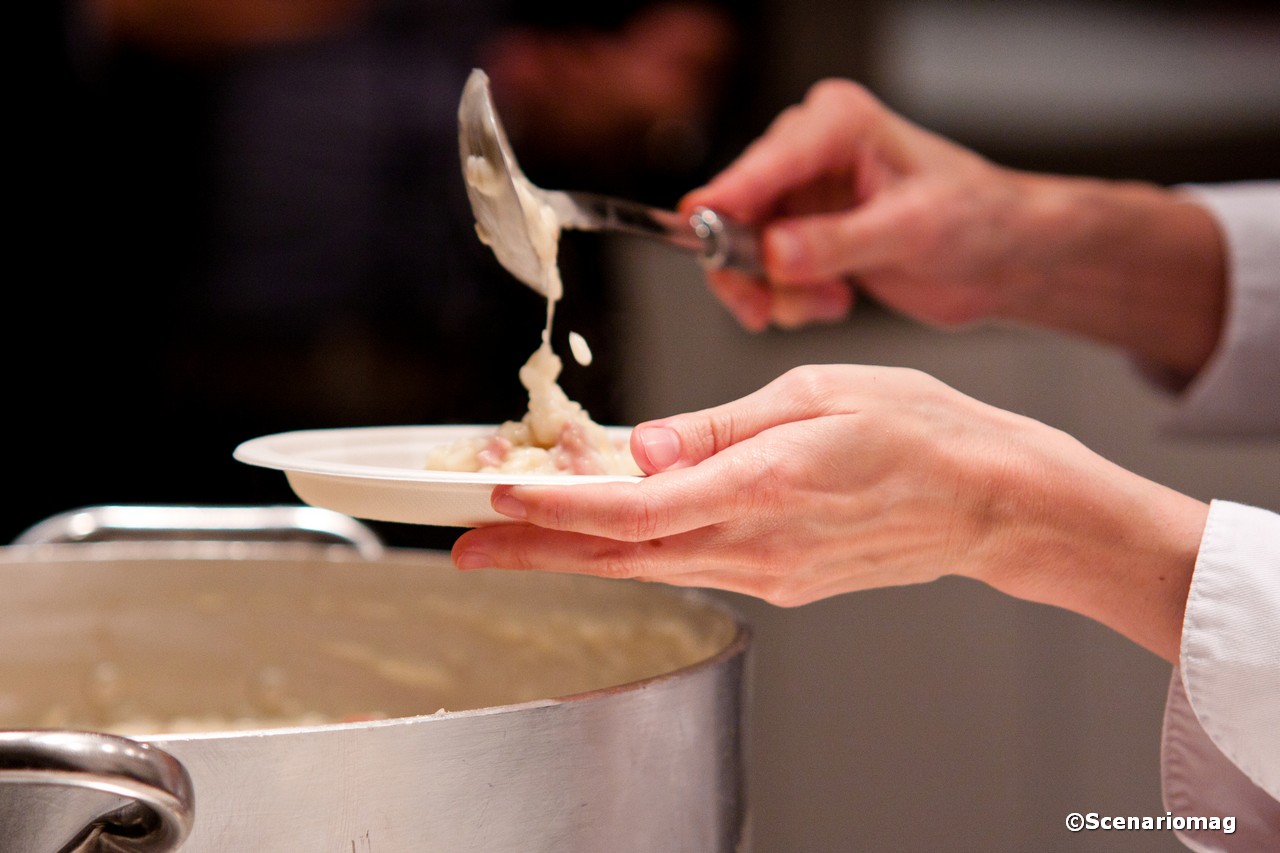The archetypes of beauty that characterized many historical periods and especially prehistoric, are in sharp contrast with the aesthetic that reign in our day.
In the Paleolithic Woman, "Great Mother" and "Great Goddess" has the divine power to generate power and this is associated to its roundness, there is the idea of the forms abundant and generous as the "source" of life. One example is the depiction of the ancient Venus of Willendorf 25000 years ago emblem of fertility .
With the transition to the Neolithic woman "begins to embody the eroticism and sensuality of" Venus profane ". This is the time when you shrink the shapes and contours take more graceful and less foam. The social role of the woman slowly decreases, matriarchy to patriarchy takes over!
This phase change is expressed masterfully in Ancient Egypt: next to Pharaoh deified and recognized as a leading authority, the woman fully manifested her femininity and her power. They are represented by minute bodies treated with cosmetics and perfumes, enriched with precious jewels; but are also educated and have power as the famous Queen Cleopatra, eternal and universal symbol of charm .
Examining the relationship between women and beauty in Greek-Roman civilization, emerges from the verses of lyric poets and statues of Greek sculptors, essenzialmente una figura femminile accogliente con curve morbide, esaltata da abiti dai quali traspaiono fianchi rotondi e seni abbondanti. I canoni dell’estetica Ellenica conquistarono Roma, come vediamo nelle innumerevoli raffigurazioni sparse nel mondo, di belle matrone romane e di floride “messaline”con curve sinuose.
In Medioevo, epoca buia e di miseria, la donna è esile, pallida, malinconica; la femminilità viene celata e colpevolizzata, fino ad arrivare ai digiuni ascetici e alle sante anoressiche….
In Renaissance, periodo di profondo rinnovamento culturale di fioritura artistica, la donna riappare florida e rotonda; è una di icona di grazia, perfezione ed armonia come nella celebri Opere del Botticelli e ha forme morbide e voluttuose nei dipinti di Tiziano, del Tintoretto e del Giorgione.
In the Baroque period and already with the painter Flemish Rubens this period is that of the precursor, women's bodies are presented with forms abundant and prosperous often overly florid; have lost the grace and harmony of the Renaissance. In contrast, This is the era in which it appears in the corset female wardrobe, because fashion requires that the fat is hidden in an appropriate manner. This head compresses the body curves, shaping the famous "wasp waist" even when the reality is far!
The Neoclassical period is characterized by the balance and inspiration back to classical Greek and Roman: the woman's body is harmonious, elegant, long legs, shoulders tapering ...
However, the excesses of the Baroque not fade and finally will travel, although in different forms around the 800 and 900, up to be also present in contemporary artists like Fernando Botero.
In the twentieth century with increased post-war states a proud woman who exhibits her curves, her round hips and large breasts but this myth of-roundness shapeliness = beauty, will be swept away and replaced already in the last decades of the twentieth century, with another pair to "thinness-beauty" chased and scope of a multitude of men and women Third Millennium.
Dr. Paola Baggiani nutritionist and dietician








Leave a Reply